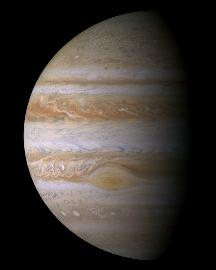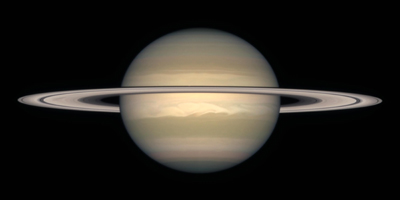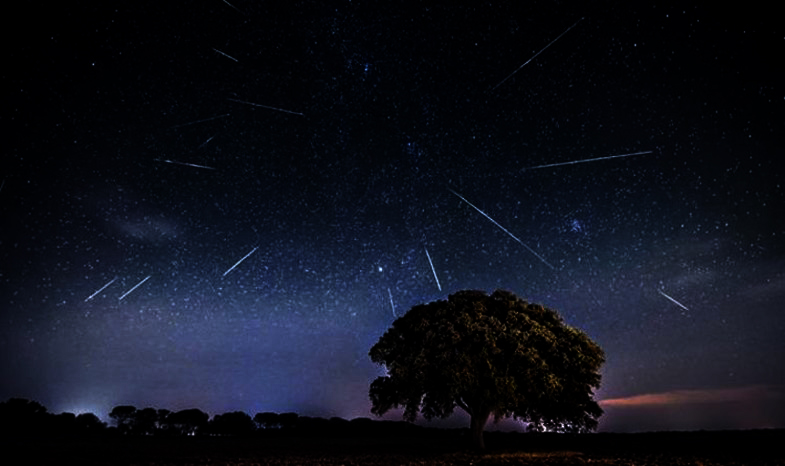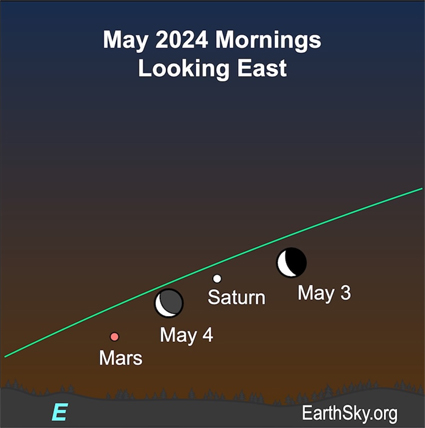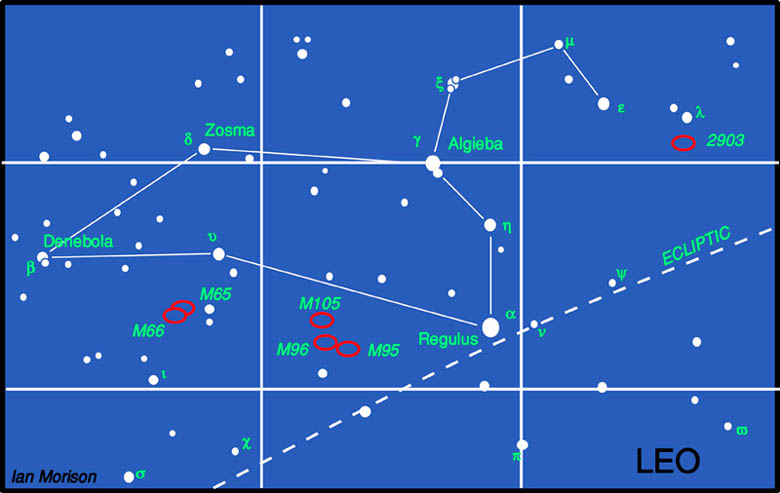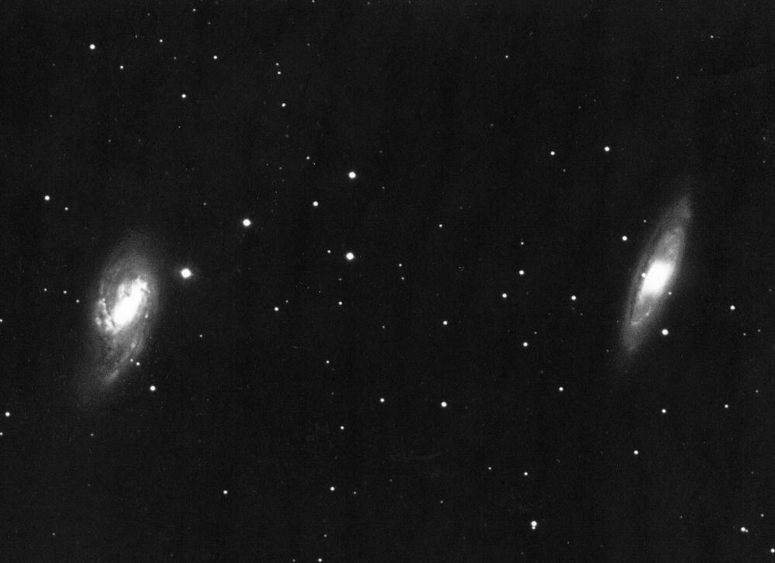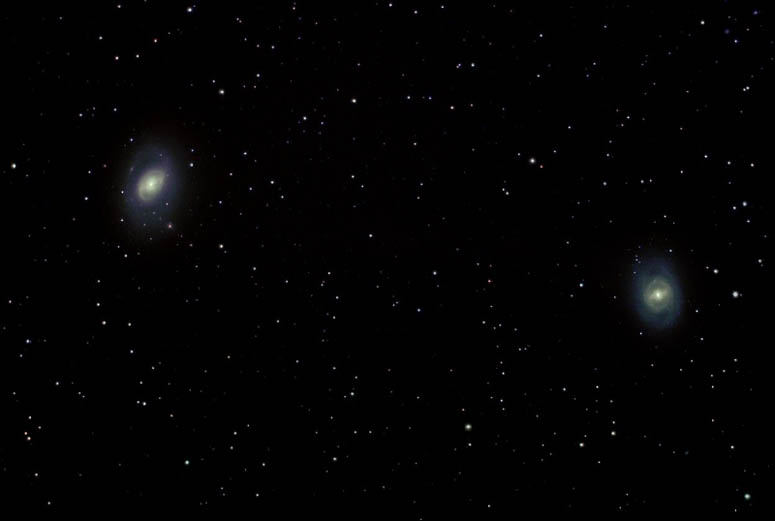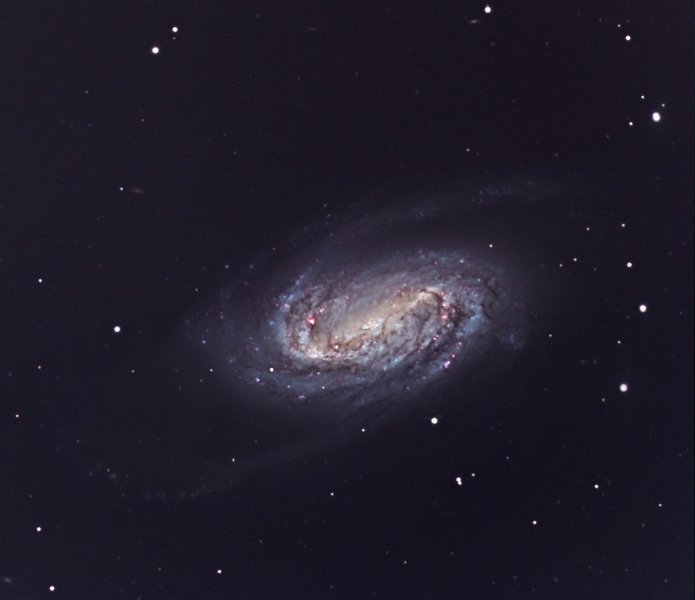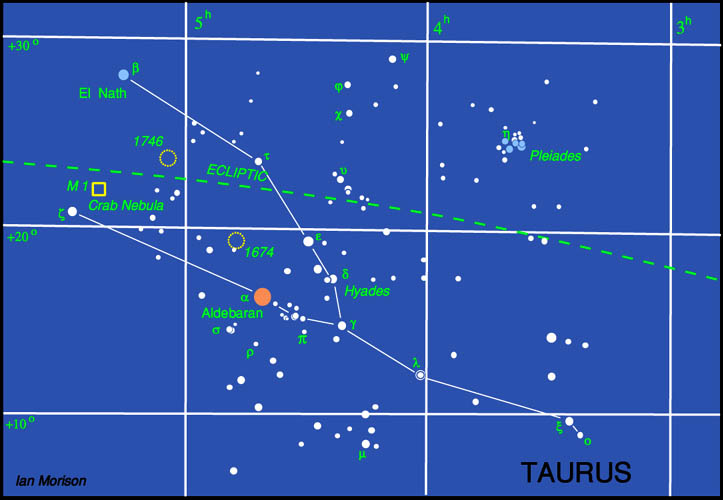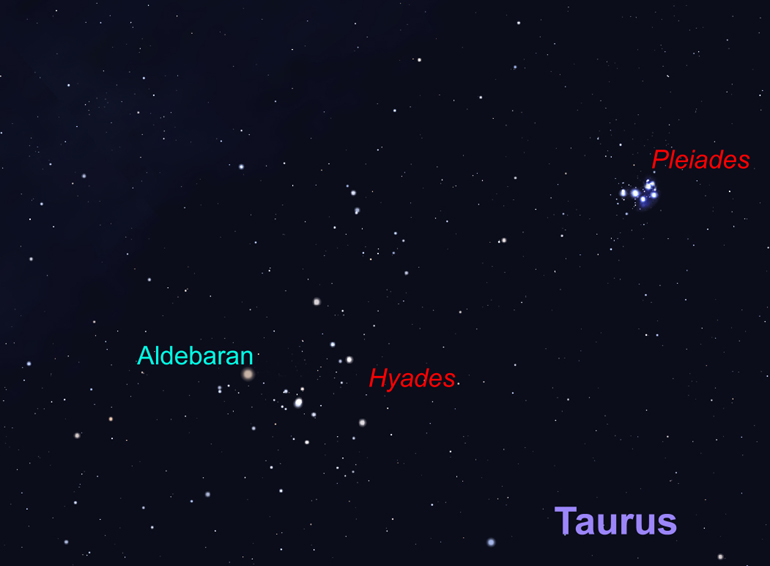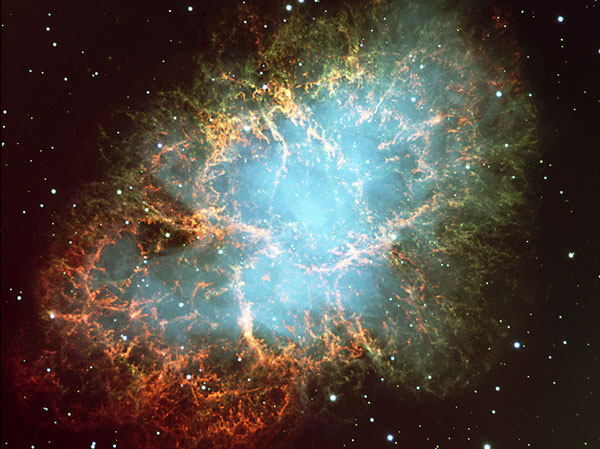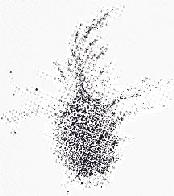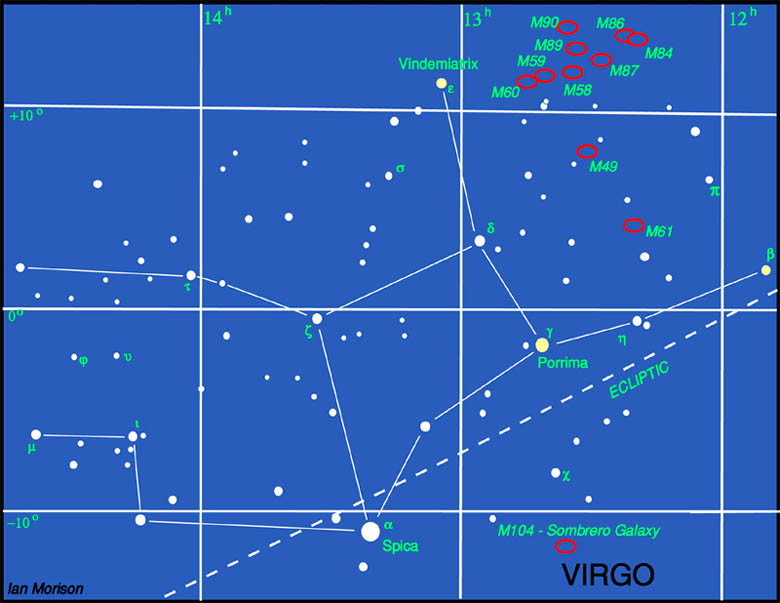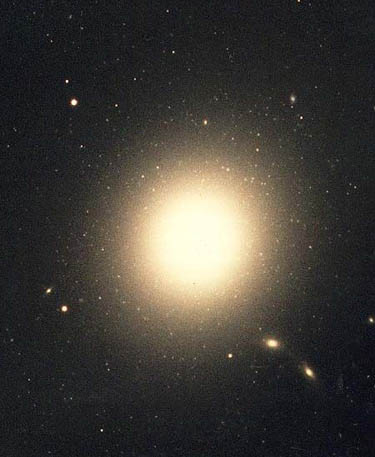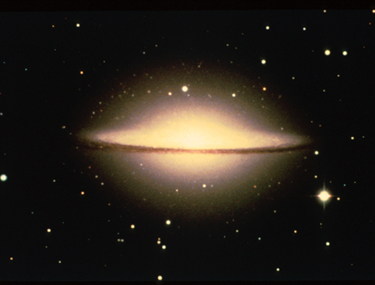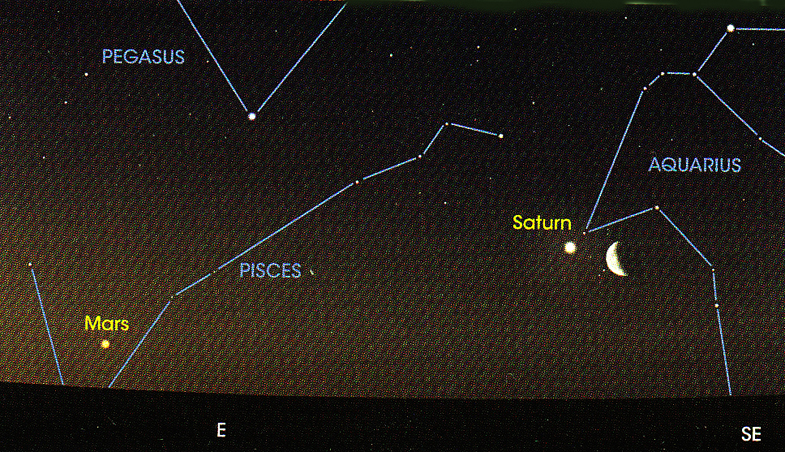 |
The Night Sky in and around Swindon - May 2024
| Throughout April - The Spring Triangle |
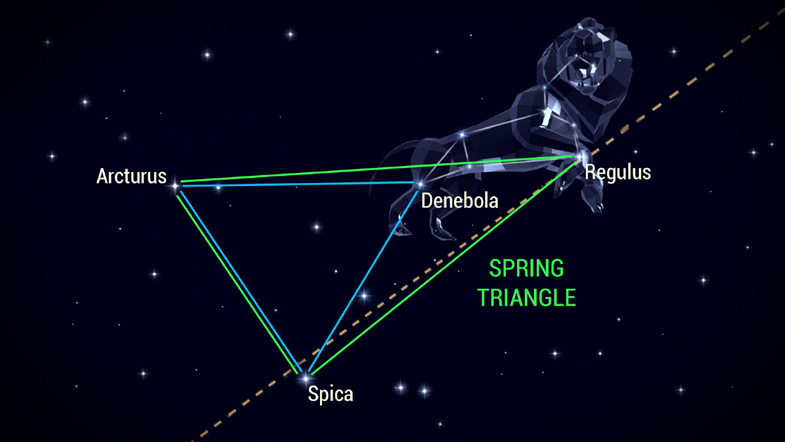 The Spring Triangle Image: Starwalk.space |
| The Spring Triangle is an astronomical asterism involving an imaginary triangle drawn upon the celestial sphere, with its defining vertices at Arcturus, Spica, and Regulus. This triangle connects the constellations of Boötes, Virgo, and Leo. It is visible in the evening rising in the southeastern sky of the Northern Hemisphere between March and May. |
| 5 May: Lunar occulation of Neptune – Morning pre-dawn sky |
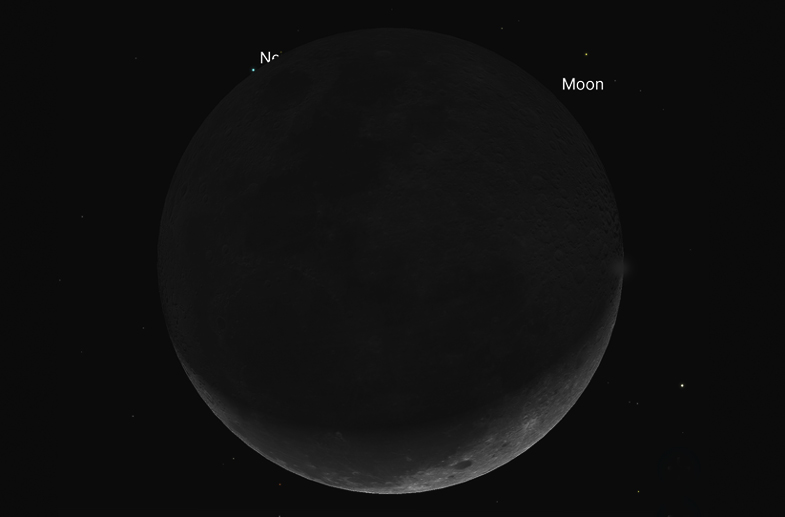 The Moon & Neptune Image: Night Sky Online |
| At 3.56 in the morning the Moon will occult Neptune. A good pair of binoculars will be needed or a telescope. |
|
The
planets this month
|
|
The
following data is drawn from Space.com
|
|
|
Jupiter Jupiter will be quite brilliant with a silver-white luster in 2024. It starts the year in the constellation Aries the Ram, then crosses over into Taurus the Bull on April 28 where it will remain for the balance of the year. During evenings from Jan. 1 to April 26, it'll shine brightly, as well as during mornings from June 8 to Dec. 6. Evening viewing will be optimal again from Dec. 7 to December 31. |
|
Saturn The rings were at their maximum tilt toward Earth in Oct. 2017, but are now rapidly closing to our line of sight. They will turn edge-on to the Earth during the spring of 2025. The process will begin in 2024 within the boundaries of the constellation Aquarius, the Water Carrier, and the planet will remain there for the rest of the year. You can catch Saturn during evenings from Jan. 1 to Feb. 11, mornings from March 17 to Sept. 7, then evenings again from Sept. 8 to Dec. 31. Saturn's brightest in 2024 will fall between Aug. 25 to Oct. 1. Saturn will be in opposition to the sun on Sept. 8. Saturn and Venus will appear dramatically close to each other (with Saturn just 0.2-degree S) on the morning of March 21 and will be 0.4-degree S of Mars on April 10. |
|
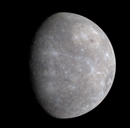 |
Mercury |
|
Mars |
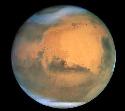 |
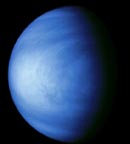 |
Venus Always brilliant, and shining with a steady, silvery light, you can catch Venus during mornings in the eastern sky at dawn from Jan. 1 to April 8; evenings in the western sky at dusk from July 30 to Dec. 31 |
